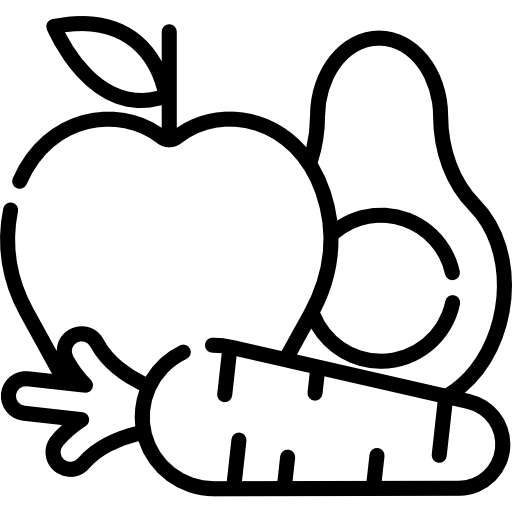Many people think vegetarian is an unrealistic and rather torturing way of dieting as meat is such an important part of the human’s diet. Eliminating meat also poses the concern of not getting sufficient energy and nutrients to function throughout the day. That, however, could not be any further from the truth. Vegetarianism can be very enjoyable and health beneficial if done correctly.
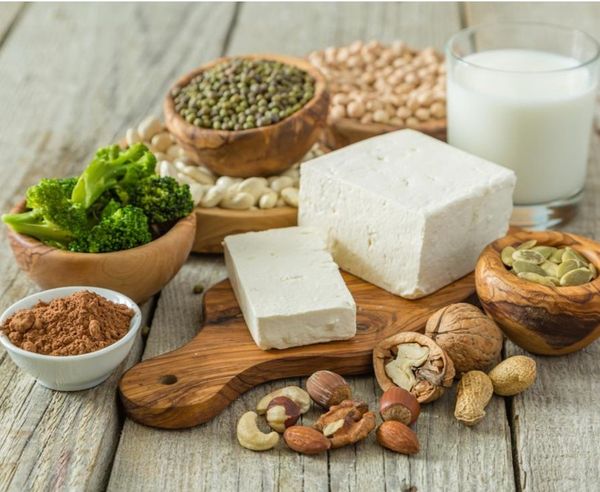
Changing the conventional way of thinking
When it comes to vegetarianism, most focus on replacing meat and that energy source with something else, particularly carbohydrates, sugary snacks or just simply eating more often. This leads to many problems as overconsumption of carbs, or just overeating in general have strong link to many chronic conditions and metabolic syndromes, such as diabetes, obesity, insulin resistance, heart disease, and many more. Furthermore, a mindset centered around meat replacement can easily lead to one seeking meat substitutes, such as meat imitation products that are full of chemicals, additives, and preservatives to mimic the texture and taste of real meat. Consuming these products would inevitably lead to nothing but detrimental damages to consumers’ health. This has been summarized in the previous article about the Mistakes when adopting a vegetarian diet: UNDERSTAND VEGETARIANISM
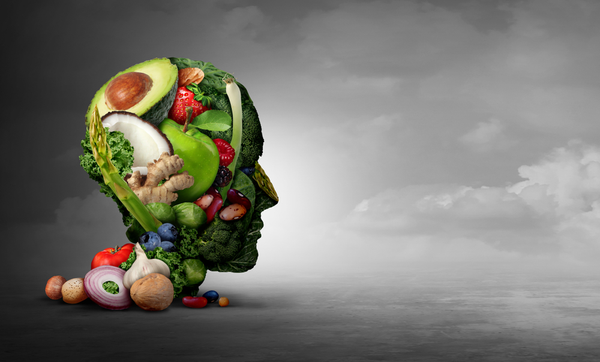
Preparing for change
Vegetarianism can be very easy and enjoyable to adopt if done correctly. If veganism is hard to do right away, then one could start by adopting the less strict forms of vegetarianism such a partial vegetarianism [1] that only eliminates red meat out of the diet; then slowly ease into the lacto-ovo vegetarian diet [2]; and finally, the full-blown veganism [3].
Establishing a mental focus around eating more healthy fat (avocados, olive oil, avocado oil, coconut oil, nuts and seeds) and vegetables is crucial to the success and sustainability of the diet. Since fat is more satiating and more energy dense than any other types of macros, eating more beneficial fat will not only supply eaters with more long-lasting energy to function throughout the day, but also significantly reduce the meal size and eating frequency. Moreover, fat also has its own flavors which helps eliminate the need of using fake meat products and other harmful seasoning. Lastly, eating more vegetables, especially the cruciferous family, not only will supply eaters with lots of essential nutrients and minerals, but also support the digestive system and help the body absorb more from the food they eat.
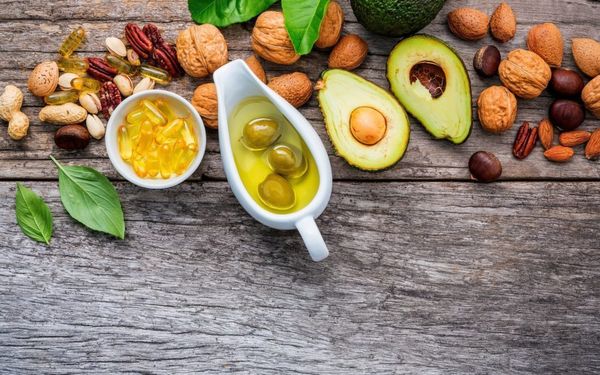
You may choose to mark your calendar with the date you’ll start your vegetarian diet. You may also choose certain days of the week to go vegetarian, like practicing Meatless Mondays [4]. You can slowly add more days as you get more used to following this diet.
Repopulate the plate’s composition
You may still be able to cook many of your favorite recipes with a vegetarian or vegan twist. Often, you can replace the main protein with a vegetarian source. Make your own plan for vegetarian diets to ensure health and enough energy during the day [5]
- Protein: beans , lentils, chickpeas, nut butters (peanut and almond), quinoa, chia seeds, and hemp seeds are some of the richest source of plant protein. Using soy and soy products is controversial because of their GMO contents and inflammatory properties.
- Vegetables: everyone should eat more vegetables regardless of diets. Vegetables, especially the cruciferous family, are full of essential nutrients, vitamins, antioxidants and gut-friendly fibers that ease digestion and nutrient absorption.
- Healthy fat: avocado, olive oil, coconut oils, nuts and seeds are full of beneficial fat and other nutrients while having a low sugar content.
- Nuts and seeds: Almonds, walnuts, macadamia nuts, pecans, sunflower seeds, hemp seeds, chia seeds, etc. are loaded with beneficial fats, fibers, vitamins and antioxidants. They also add some crunch to the meals, making them more enjoyable
- Broth: vegetable broth made from mirepoix (celery, onions, carrots, peppercorns, and garlic) is a great replacement for bone broth that is still flavorful with added disease-fighting properties.
- Fermented products: tempeh, natto, miso, kombucha, and kimchi are great additions as not only are they loaded with essential nutrients, but also contain many gut friendly bacteria that play vital role in digestion, cognitive performance and the overall health.
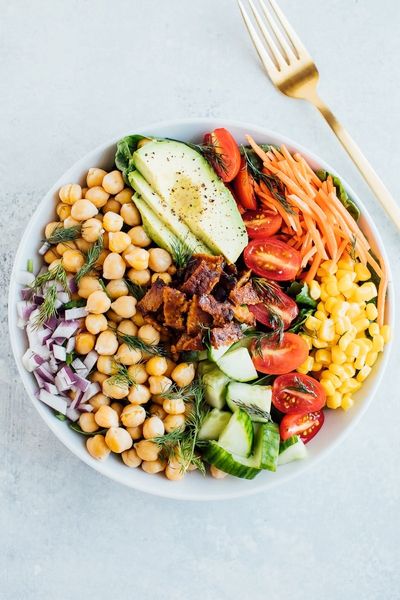
Enjoying new recipes: minestrone
Experience the vegetarian diet as comfortably as possible. Here is an interesting and easy to implement recipe for you. Start now:
Vegetarian Recipes: Minestrone – Thick Vegetable Soup
Nam An Market wishes you success
Source:
1] https://www.dictionary.com/browse/partial-vegetarian
[2] https://en.wikipedia.org/wiki/Ovo-lacto_vegetarianism
[3] https://en.wikipedia.org/wiki/Veganism
[4] https://www.meatlessmonday.com/
[5] https://www.healthline.com/health/becoming-vegetarian#how-to






